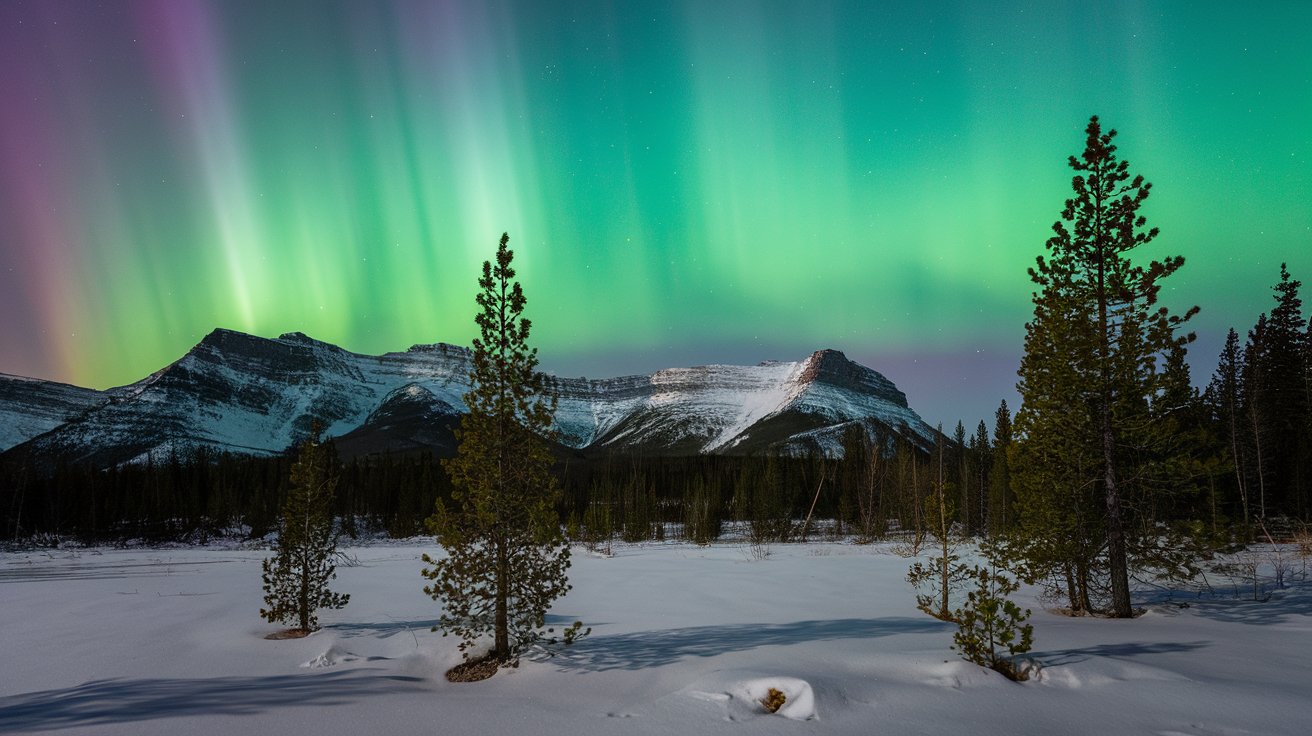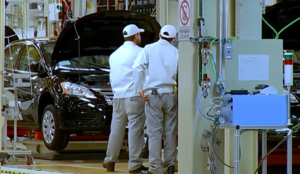Northern Lights Set to Dazzle Northern U.S. Skies Tonight
The Northern Lights, also known as the aurora borealis, are set to illuminate the northern U.S. skies tonight, providing a breathtaking spectacle for skywatchers. This rare celestial event is the result of a strong geomagnetic storm, rated G2 by NOAA, which enhances auroral activity and extends visibility further south than usual. This guide will explain everything you need to know, including when and where to watch, what causes the Northern Lights, and how to optimize your viewing experience.
Best Viewing Locations and Times
Where Will the Northern Lights Be Visible?
The Northern Lights are usually only visible in high-latitude regions, but due to strong solar activity, they will be seen much farther south tonight. The aurora will be visible in:
- Washington
- Montana
- Idaho
- North Dakota
- Minnesota
- Wisconsin
- Michigan
- Maine
This means that millions of Americans will have a rare opportunity to witness this natural phenomenon without traveling to the Arctic Circle.
What Time to Watch the Northern Lights?
For the best chance to see the aurora, step outside between 10:00 PM and 2:00 AM (local time). This is when the sky is darkest, and the solar activity peaks. However, minor fluctuations in geomagnetic activity could make them visible slightly earlier or later.
Comparison Table for Best Viewing Conditions
| Factor | Best Conditions | Poor Conditions |
|---|---|---|
| Location | Dark rural areas, away from city lights | Urban locations with bright lights |
| Weather | Clear, cloud-free sky | Overcast or foggy conditions |
| Time | 10 PM – 2 AM | Daytime or early evening |
| Viewing Angle | North-facing open sky | Blocked by buildings, trees, or mountains |
What Causes the Northern Lights?
The aurora borealis is created when charged particles from the sun, known as solar winds, collide with Earth’s magnetic field. These interactions generate energy, which excites oxygen and nitrogen atoms in the atmosphere, causing them to emit light. The colors seen in the aurora depend on the type of gas involved:
- Green – The most common color, caused by oxygen at lower altitudes (~60 miles above Earth).
- Red – Caused by oxygen at higher altitudes (~150 miles up).
- Purple & Blue – Created by nitrogen when hit by high-energy particles.
A particularly strong solar storm can push the aurora farther south, making it visible in places where it is usually rare, like the U.S. mainland.
How to Maximize Your Viewing Experience
Essential Tips for Watching the Northern Lights
- Find a Dark Location: The further you are from city lights, the more vibrant the aurora will appear.
- Check the Weather Forecast: Cloud cover can obstruct visibility, so check local weather reports.
- Dress Warmly: Nighttime temperatures in northern states can be quite cold.
- Be Patient: Auroras can be unpredictable. Allow at least 30 minutes for your eyes to adjust to the darkness.
- Use a Camera: Sometimes, auroras appear faint to the naked eye but are more vivid when captured on a long-exposure setting.
Mind Map: How to See the Northern Lights Effectively
+--------------------------------+
| Best Northern Lights |
+--------------------------------+
|
+-------------------------------+
| Best Locations |
+-------------------------------+
| - Rural Areas |
| - Northern U.S. States |
| - Dark Sky Parks |
+-------------------------------+
|
+-------------------------------+
| Best Time to Watch |
+-------------------------------+
| - 10 PM - 2 AM |
| - During High Solar Activity |
| - Avoid Cloudy Nights |
+-------------------------------+
|
+-------------------------------+
| Best Equipment |
+-------------------------------+
| - DSLR Camera |
| - Tripod |
| - Warm Clothing |
+-------------------------------+Scientific Significance of This Event
NOAA and space weather experts have been monitoring increased solar activity, predicting that events like this will become more frequent as we approach the peak of Solar Cycle 25. The heightened solar activity not only creates stunning auroras but also impacts satellite communications and GPS systems. For real-time updates on space weather forecasts, visit NOAA’s official website.
Conclusion
Tonight’s Northern Lights display is a must-see for sky enthusiasts and casual observers alike. With the right location and preparation, many Americans will have a rare opportunity to witness this natural wonder. As solar activity continues to rise, we can expect more frequent aurora events in the coming years. Be sure to capture the moment and share your experience with fellow skywatchers!





